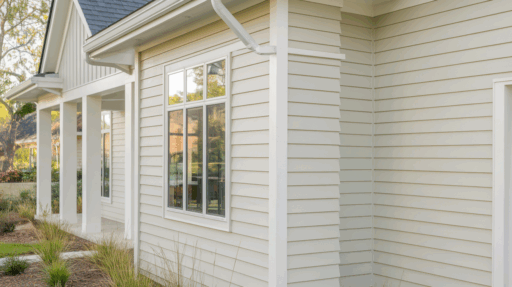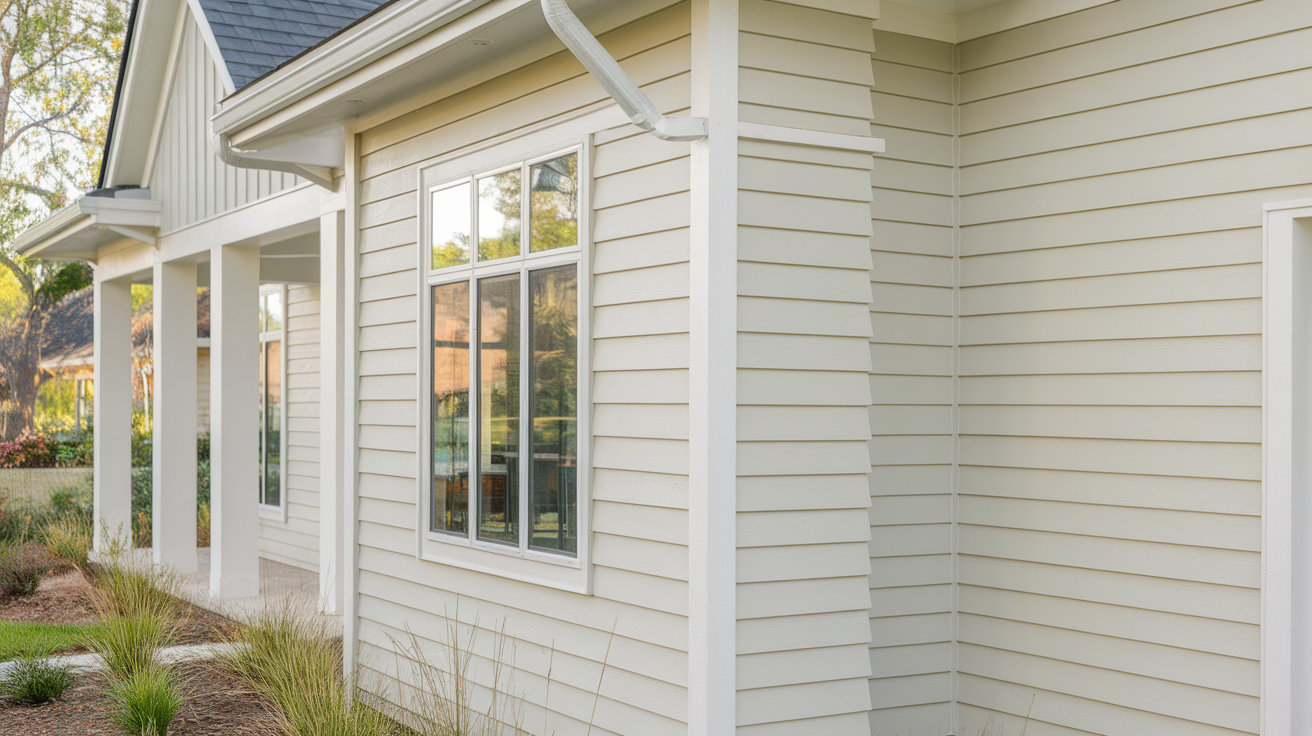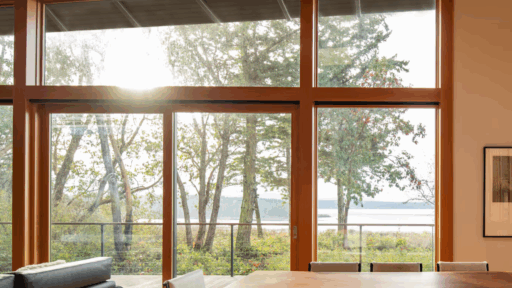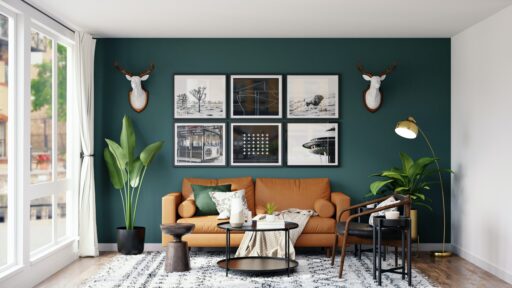When I was choosing siding for my home, I kept hearing about Hardie Board. Everyone, from contractors to neighbors, talked about how tough and long-lasting it is.
But I had one big question: how long does Hardie Board actually last? If you’re asking the same thing, you’re in the right place.
In this post, I’ll break down what Hardie Board siding really is, how long it can hold up (spoiler: decades), and what factors play a role in how well it performs over time.
I’ll also share tips on how to make sure you get the most years out of it.
If you’re considering using Hardie Board for your own home or are curious about its reputation for durability, keep reading.
I’ll cover everything you need to know to feel confident in your siding choice.
Stick around till the end for practical advice that could help you save money and avoid future repairs.
What Is Hardie Board Siding?

HardieBoard siding is a type of fiber-cement siding manufactured by James Hardie, a trusted name in the homebuilding industry.
It’s created from a mix of cement, sand, and cellulose fibers, making it much tougher than wood or vinyl.
Though it looks like real wood, it won’t rot, crack, or warp. First produced in the 1980s, Hardie Board has become a top choice for homeowners and contractors because of its durability.
It stands up to harsh weather, pests, and even fire, making it ideal for a wide range of climates.
Additionally, it comes in various styles and colors to complement different home designs.
From modern homes to classic craftsman styles, Hardie Board is a strong, stylish siding option that’s built to last, especially in areas with rain, sun, humidity, or salt air.
How Long Does Hardie Board Last?
One of the primary reasons people choose Hardie Board is its exceptional durability.
On average, you can expect it to last 30 to 50 years or even longer if it’s installed properly and well-maintained.
That kind of lifespan easily surpasses many other siding materials, such as wood or vinyl, which often require replacement much sooner.
James Hardie stands behind their product with a 30-year limited warranty, which covers defects in material and manufacturing.
That alone shows the company’s confidence in its siding. However, many homeowners report that their Hardie Board lasts well beyond 40 years, with no major issues.
If you live in a region with harsh weather or humidity, this siding really shows its value. It doesn’t rot, swell, or warp, even after decades of exposure.
I’ve heard from homeowners who say their siding still looks great after 25+ years with only minimal upkeep.
When installed correctly and properly maintained, Hardie Board isn’t just a short-term solution; it’s a long-term investment.
What Makes Hardie Board So Durable?
Hardie Board siding has a strong reputation for long-lasting performance, and for good reason. Its unique material blend and thoughtful design make it one of the toughest siding options available.
- Made from fiber cement: A durable mix of cement, sand, and cellulose fibers gives it lasting strength.
- Built to handle harsh weather: It stands up to wind, rain, snow, and UV rays without breaking down.
- Fire-resistant: Unlike wood, it won’t ignite, adding extra protection to your home.
- Pest-resistant: Termites, birds, and insects won’t damage it the way they can with wood siding.
- Moisture-resistant: Ideal for wet or humid climates, it won’t rot, swell, or buckle.
- Holds its shape: It resists warping, cracking, and shrinking even in extreme temperatures.
Thanks to these features, Hardie Board stays strong and attractive for decades, with less maintenance and fewer repairs along the way.
Key Factors That Affect Hardie Board’s Lifespan
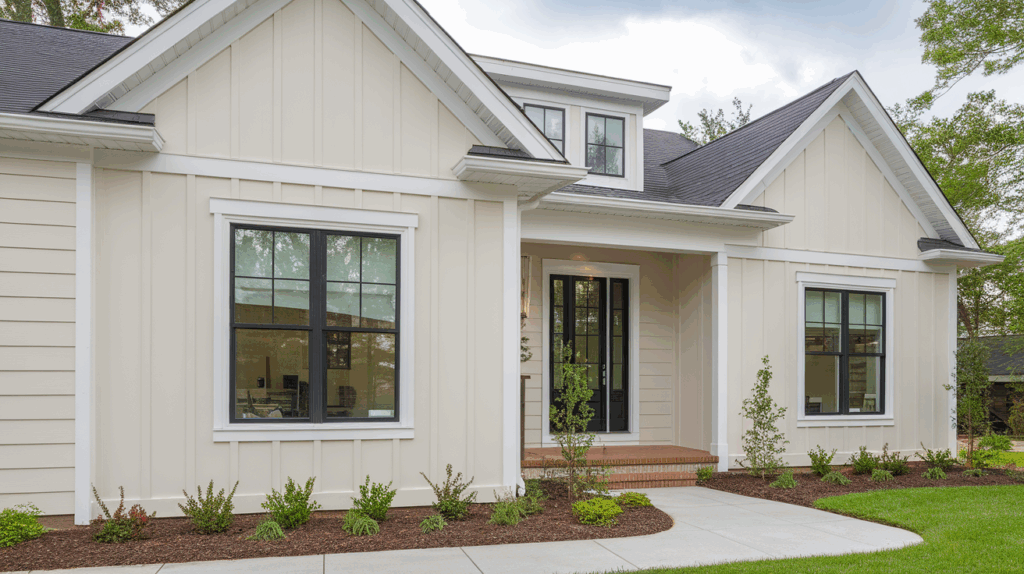
Even though Hardie Board is built to last, its true lifespan depends on key factors such as installation, climate, finish, and maintenance.
1. Quality of Installation
Proper installation is the foundation of a long-lasting Hardie Board exterior.
If the flashing or caulking is done poorly, moisture can seep behind the siding, leading to swelling, warping, or early failure.
A poor installation can significantly reduce the lifespan; even the best siding can’t do its job if it’s installed incorrectly.
2. Climate and Weather Exposure
Your local weather plays a huge role in how long Hardie Board lasts. In humid or rainy climates, moisture management becomes critical.
In cold regions, freezing and thawing cycles can cause expansion stress if the siding isn’t sealed correctly. For coastal homes, salt air adds another layer of wear and tear.
Fortunately, Hardie Board performs well in all climates; however, regions with more extreme conditions require extra attention to sealing and maintenance to reach the 40–50-year mark.
3. Paint & Finish
James Hardie offers siding with ColorPlus® Technology, a baked-on finish that resists fading and can last up to 15 years without repainting.
If you opt for primed boards and paint them yourself or hire a painter, the paint will typically need to be refreshed every 5 to 7 years, depending on the quality.
Maintaining a good finish helps protect the surface from moisture and UV damage and plays a significant role in long-term durability.
4. Maintenance Routine
Luckily, Hardie Board doesn’t require constant upkeep, but it does need basic, routine care.
That means checking caulking every year, washing off dirt and mildew, and touching up chipped paint when needed.
Skipping these simple steps can allow moisture to seep in over time, reducing the siding’s lifespan.
But if you stay on top of small tasks, your Hardie siding can easily last 40 years or more without major issues.
How to Maintain Hardie Board for Long-Term Use
Hardie Board siding is built to last, but a little routine care goes a long way in keeping it looking great and performing well for decades.
- Clean it once or twice a year: Use a soft brush and garden hose to remove dirt, mildew, and debris.
- Inspect for cracks or gaps annually: Pay close attention to seams, windows, and trim areas.
- Repaint when needed: Expect to repaint every 10–15 years with ColorPlus or 5–7 years with standard paint. Touch up faded or peeling spots to protect the surface.
- Check and replace caulking: Re-caulk every 5–10 years or as soon as gaps appear around joints to prevent moisture from entering.
With these simple steps, you’ll protect your siding and help it reach its full lifespan, often 30 years or more with proper care.
How Hardie Board Compares to Other Siding Materials
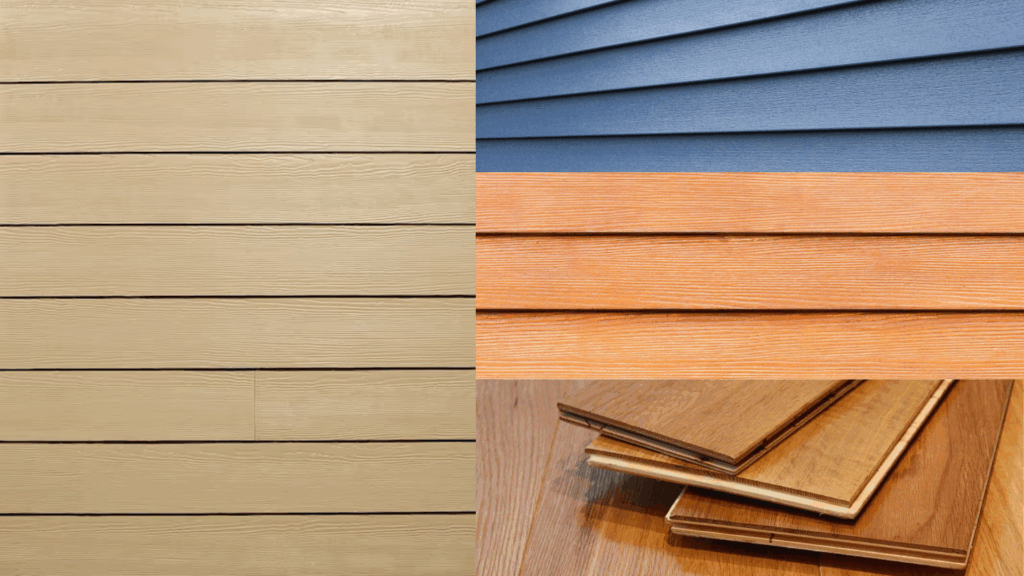
When choosing siding, it’s helpful to compare Hardie Board with other common options.
Each material has its strengths, but not all offer the same level of protection, lifespan, or value.
| Feature | Hardie Board | Vinyl Siding | Wood Siding | Engineered Wood |
|---|---|---|---|---|
| Avg. Lifespan | 30–50+ years | 20–30 years | 15–40 years | 25–40 years |
| Maintenance Needs | Low | Low | High | Medium |
| Fire Resistance | Excellent | Poor | Poor | Moderate |
| Pest/Moisture Resistance | Excellent | Moderate | Poor | Moderate |
| Cost per sq ft (installed) | $10–$13 | $4–$8 | $7–$12 | $6–$10 |
| Curb Appeal & ROI | High | Moderate | High | Moderate to High |
Is the Cost of Hardie Board Justified by Its Lifespan?
Hardie Board typically costs more upfront, around $10–$13 per square foot installed, depending on your region. But over time, it often proves to be the better value.
With a lifespan of 30–50 years, it won’t need to be replaced nearly as often as wood or vinyl siding.
Maintenance is also easier. ColorPlus finishes last up to 15 years, and the siding itself resists rot, pests, and moisture, reducing long-term repair costs.
Beyond savings, Hardie Board adds curb appeal and resale value. Many homebuyers see it as a high-end upgrade, which could make your home more attractive on the market.
If you’re looking for durability and value that lasts, Hardie Board is a smart, long-term investment.
Warning Signs It’s Time to Replace Hardie Siding
Over time, even strong materials like Hardie Board can show signs of wear. Cracks, swelling, stains, or mold can all indicate that the siding is no longer performing well.
Identifying these issues early can help prevent more significant problems in the future.
- Cracking or Splitting: Indicates aging or structural stress; reduces protection against the elements.
- Swelling or Delamination: Caused by moisture intrusion; layers may separate or bubble out.
- Water Stains or Discoloration: Dark streaks or blotches indicate that water is seeping behind the siding.
- Visible Mold or Mildew: Growth along seams or edges may mean trapped moisture and poor ventilation.
- Multiple Problem Areas: If damage appears in more than one spot, it may be time to replace full sections.
- Peeling or Failing Paint: Persistent peeling, even after repainting, may signal underlying damage.
Is Hardie Board the Right Choice for You?
Hardie Board isn’t for everyone, but for many homeowners, it checks all the right boxes. If you’re looking for durability, fire resistance, and long-term value, it’s hard to beat.
The upfront cost may be higher than vinyl or engineered wood, but what you get in return is decades of performance with minimal upkeep.
It’s a great fit for people who plan to stay in their home for the long haul and want a low-maintenance siding that stands up to harsh weather, pests, and time.
If any of these apply to you, Hardie Board is likely a strong choice:
- You live in a humid, rainy, or coastal area
- You want siding that can last 40+ years
- Fire resistance is a priority
- You prefer lower maintenance over time
- You want to boost curb appeal and resale value
Conclusion
Now that you know what Hardie Board is made of, how long it typically lasts, and what affects its lifespan, you can make a smarter choice for your home.
I’ve personally come to appreciate how well this siding holds up, especially when it’s installed correctly and receives regular maintenance over the years.
Whether you live somewhere with intense weather or just want peace of mind that your siding won’t fail after 10 years, Hardie Board is worth considering.
Its durability, low upkeep, and decades-long performance make it a solid investment.
Before you move forward with your siding project, take time to think about your climate, your maintenance habits, and your long-term plans for your home.
Ready to get serious about siding? Use this guide to compare options, ask the right questions, and get quotes that match your priorities. You’ll thank yourself later.

